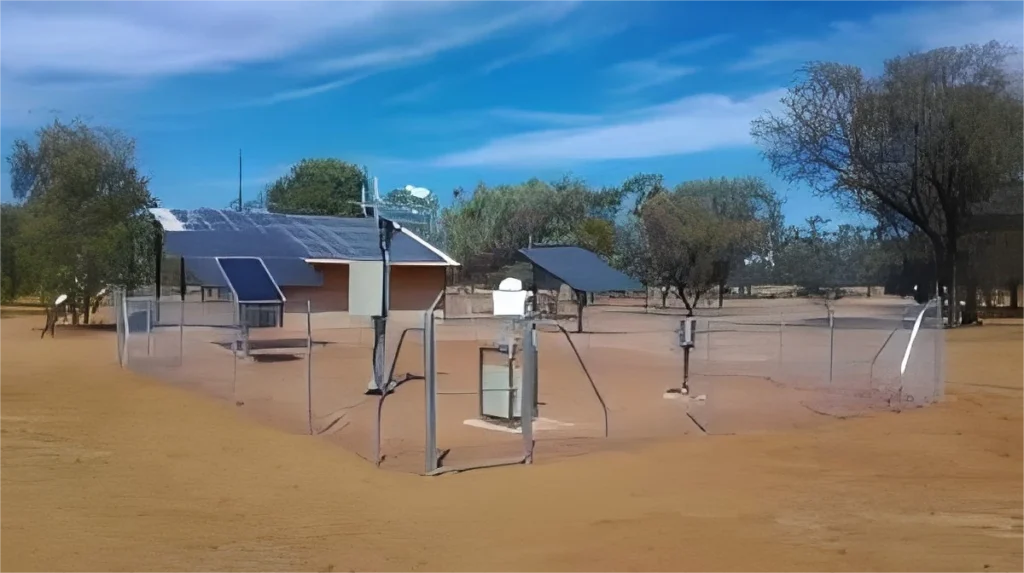
# Disadvantages of Automatic Weather Stations
Automatic Weather Stations (AWS) have revolutionized the way we collect meteorological data. However, despite their numerous advantages, they also come with several drawbacks that can impact their effectiveness and reliability. Below, we explore some of the key disadvantages of using AWS.
## High Initial Costs
One of the primary disadvantages of automatic weather stations is their high initial cost. Setting up an AWS requires significant investment in hardware, software, and installation. This can be a major barrier for small organizations or developing countries with limited budgets.
## Maintenance Challenges
AWS require regular maintenance to ensure accurate data collection. Sensors can become dirty or damaged, and electronic components may fail over time. Without proper upkeep, the data collected may become unreliable, leading to incorrect weather predictions.
## Limited Human Oversight
Unlike traditional weather stations, AWS operate with minimal human intervention. While this reduces labor costs, it also means that errors or malfunctions may go unnoticed for extended periods. Human observers can often detect anomalies that automated systems might miss.
## Data Transmission Issues
Many AWS rely on wireless communication to transmit data. Poor signal strength, interference, or technical glitches can disrupt data transmission, leading to gaps in the collected information. This can be particularly problematic in remote or rural areas.
## Power Dependency
Automatic weather stations typically require a continuous power supply. In areas prone to power outages or lacking reliable electricity, AWS may fail to function properly. Solar panels can be used as an alternative, but they may not always provide sufficient power, especially in cloudy or rainy conditions.
## Sensor Limitations
AWS sensors are designed to measure specific weather parameters, but they may not always capture the full complexity of atmospheric conditions. For example, certain sensors might struggle to accurately measure snowfall or fog, leading to incomplete or inaccurate data.
## Environmental Vulnerability
Weather stations are often exposed to harsh environmental conditions, such as extreme temperatures, heavy rain, or strong winds. Over time, these conditions can degrade the equipment, reducing its lifespan and reliability.
## Conclusion
While automatic weather stations offer many benefits, their disadvantages cannot be overlooked. High costs, maintenance requirements, and technical limitations can hinder their effectiveness. Understanding these challenges is crucial for making informed decisions about their deployment and ensuring the accuracy of weather data.